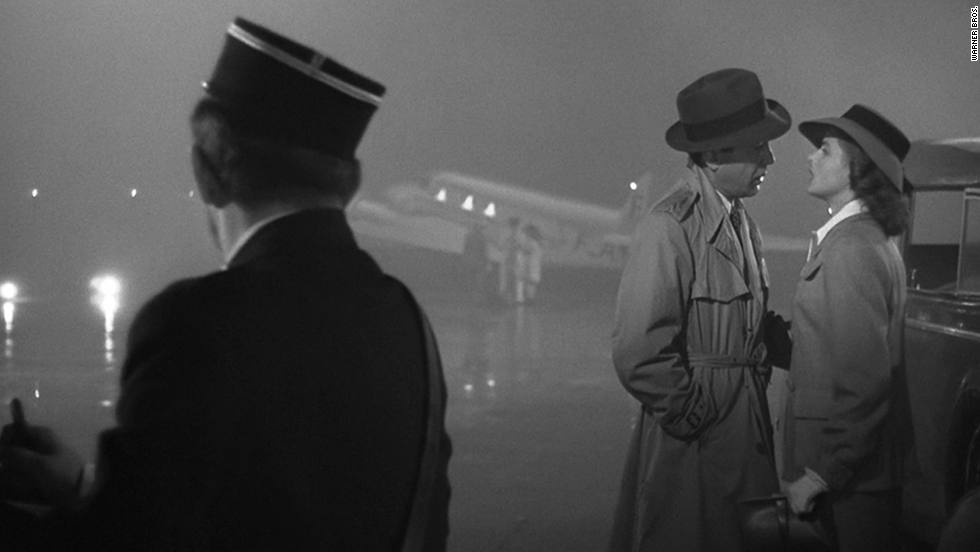As an effective book should do, Music By Max Steiner will likely re-shape your perspective of Steiner and his contributions to the art.
High Point: Smith’s descriptions of Steiner’s scores quotes the margin notes to provide fascinating insight into the composer’s thoughts as he created that marvelous music.
Low Point: None
Author: Steven C. Smith
Publication Date: 2020
Genre: Biography

Bonus: The Music of Casablanca
Project Gutenberg: Not available
LibriVox: Not available
Movie/TV Adaptation: None
Music by Max Steiner: The Epic Life of Hollywood’s Most Influential Composer has made me not only a bigger fan of Steiner’s music, but also a big fan of author Steven C. Smith.
Smith has provided an engaging biography of an artist whose pioneering work paved the way for successors with names such as Goldsmith, Williams and Zimmer.
Reads As A Novel
Some books of this genre can resemble a college course directed by a professor who drones on lecture after lecture. Smith’s book, however, encourages a bit of interaction from the reader. And he keeps it entertaining by structuring the book as a novel in some ways.
For example, his description of Steiner’s score for King Kong reads almost as a thriller of its own. As he walks us through the movie, Smith quotes Steiner’s sketches (or margin notes) from the score to provide us the composer’s thoughts as he created the themes and their variations. With these quotes and in-depth discussions of the themes and motifs, Smith paints a clear picture, illustrating how Steiner’s score helped facilitate the movie’s transition of Kong from a monster to a character with whom the audience could empathize. Smith uses this approach repeatedly as he describes Steiner’s major works throughout his career.
Like a good novel, Smith’s conclusion to each chapter attempts to create and maintain the reader’s interest in the chapter to come. Instead of a dry chapter cutoff that reads as a textbook, he generates a bit of suspense with hints of events to come.
Interactive Activities
Smith continually creates opportunities for the reader to interact with the narrative. In places, he provides the specific notes that comprise a movie character’s three- or four-note theme. So if you can pick out, say, a sequence of B-flat, C-flat and D-flat on a piano or keyboard, you can hear the basic theme that Smith is describing.
In some areas, Smith encourages the reader to pause from the book, and go find a specific Steiner piece on the internet. As an example, Smith suggested finding a rendition of “Libby’s Theme” from They Died With Their Boots On. That’s a movie I don’t care for, but I discovered a beautiful score.
Max Steiner was an enthralling individual—a genius at his craft, a loyal and charitable friend, and perhaps a tragic failure as a husband and father. Smith’s account of Steiner’s life covers it all, and as an effective book should do, will likely re-shape your perspective of Steiner and his contributions to the art.


